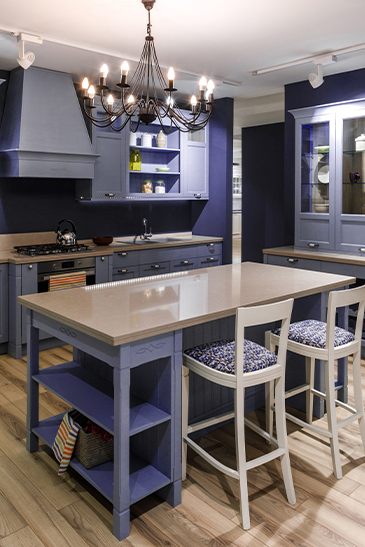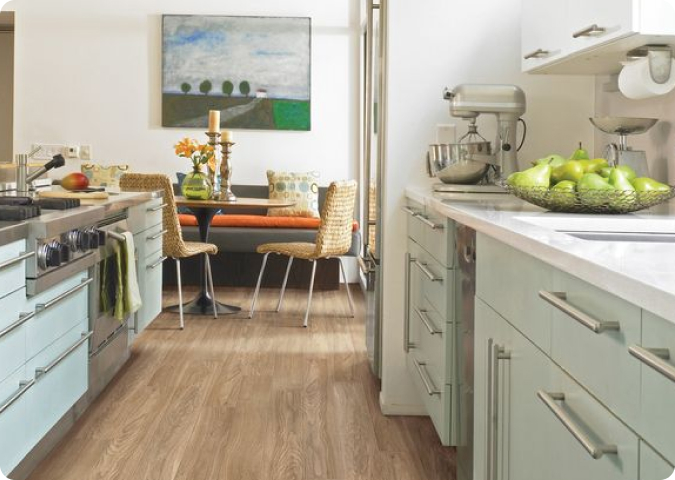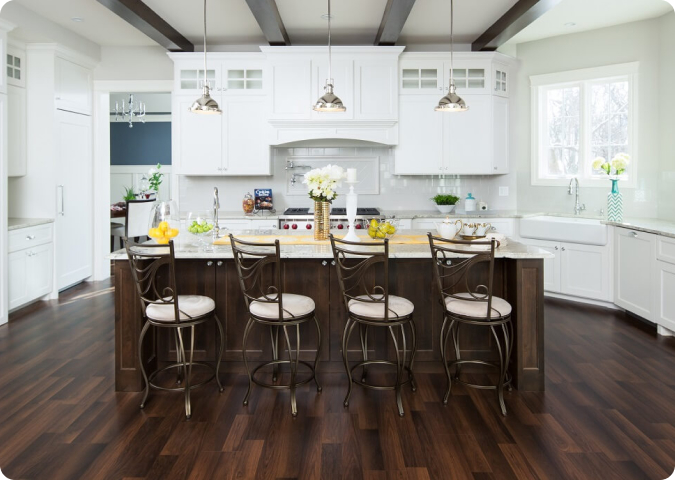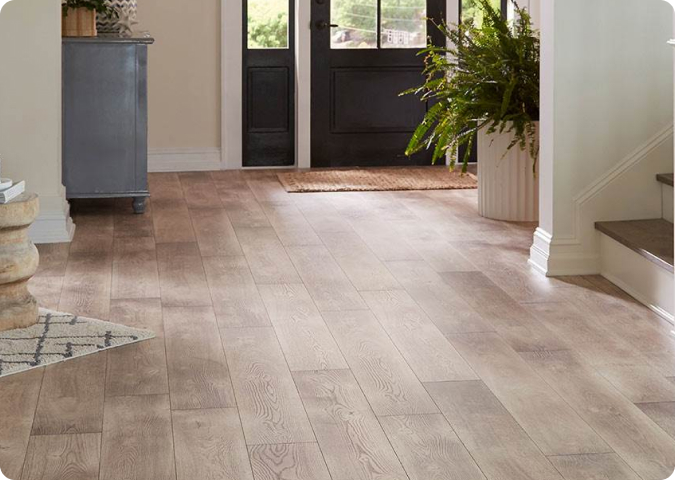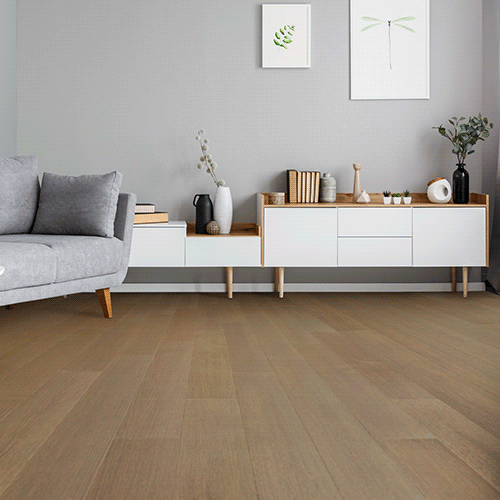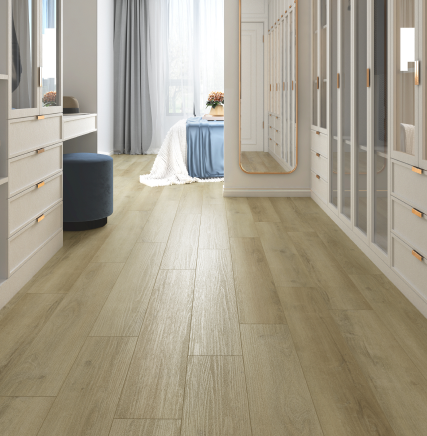Kitchen Flooring Budget
The kitchen is one of the top renovation targets in any home. For homebuyers, it’s one of the most impactful ways to personalize the look and feel of their new home. For sellers, renovating a kitchen is commonly considered one of the best ways to add value to a home and make it more competitive on the market. And for those who are comfortable in their existing home and have no plans to relocate, updating the kitchen—even a project that only replaces the kitchen flooring—can breathe new life into a tired home.
The vast scope of renovation possibilities means that a kitchen flooring budget can vary greatly from project to project. Typically, ceramic or porcelain tile will be at the top of the scale, due to the cost of the materials and complexity of installation. And at the other end, sheet vinyl is usually the most affordable kitchen flooring option. Of course, there are budget-friendly tile options and high-end vinyl floor products, so the cost of a new kitchen floor can’t be easily summed up in a few broad statements. This is a topic that’s best discussed with your flooring consultant, who will be able to give you specific costs per product, as well as an upfront, all-inclusive price estimate▲ before you commit to anything.
Matching your Kitchen Floors to your Lifestyle
You’ll often see recommendations to make sure your floors are durable enough for the activity levels in your home. So, what does “durability” really mean when it comes to your kitchen floors?
First is that you’ll typically want a hard-wearing surface. Your kitchen will likely see constant foot traffic in regular day-to-day life, with significant increases when you have guests over. That’s a lot of feet on your floors, and it’s likely you won’t always be able to control what types of shoes they’re wearing or how dirty they might be. Heavy foot traffic can quickly lead to worn-out floors if you choose a sub-par product. Instead of being forced to constantly worry about wear and tear on your kitchen flooring, invest in a product with a high wear rating and enhanced scratch resistance and take solace in knowing that your floors are better equipped to stand up to whatever life throws at them.
Another highly desirable trait for kitchen floors is some measure of water resistance or even full waterproofness. This feature is integral for two major reasons. First, the kitchen is one of the top rooms in the home for spills and splashes. Whether it’s a cup of juice that slips out of tiny hands or excess splashes from the kitchen sink, it is almost inevitable that liquids will be hitting your kitchen floor with some regularity. Additionally, because the kitchen tends to see so many spills and other messes, it’s one of the floors you’ll be cleaning the most often—and usually the most vigorously. Choosing water-resistant or waterproof kitchen floors means less worries about how much water you use when mopping up those messes.
That said, it’s important to not overlook the value of a comfortable kitchen floor! We previously mentioned that tile floors can be uncomfortable for people who spend lots of time in the kitchen. Tile is an extremely hard surface, and that hardness can take its toll on your body if you spend lots of time walking or standing in the kitchen—especially in a shoes-off home. Opting for a laminate or vinyl kitchen floor can lead to a significant upgrade in comfort. Both of those materials have the tiniest bit of give, which can really make a difference in your day-to-day life. Plus, when having laminate or vinyl flooring installed in the kitchen, you can often select a specific underlayment that will add a bit more cushion under the surface, further increasing comfort.


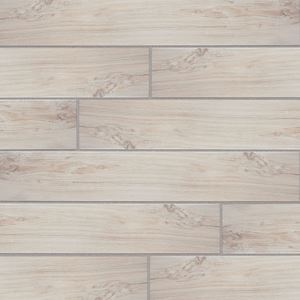


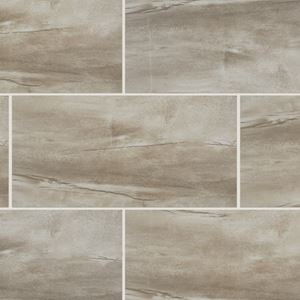


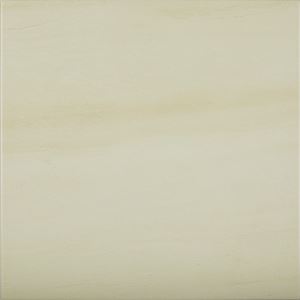


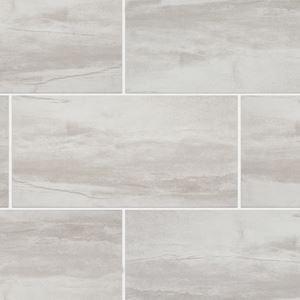



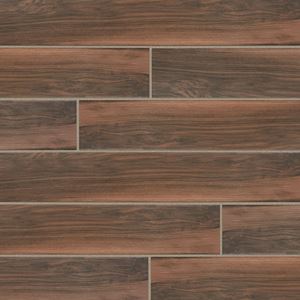

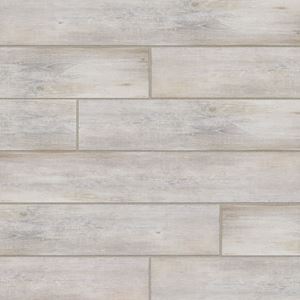


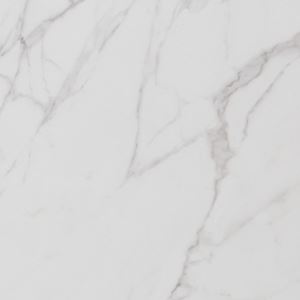


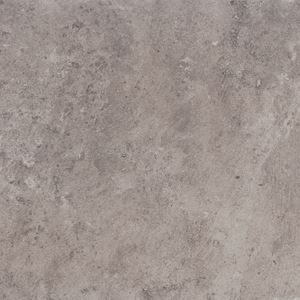

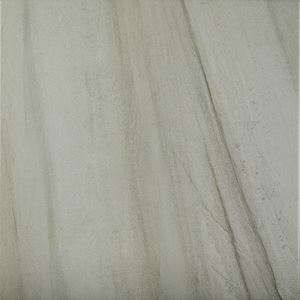
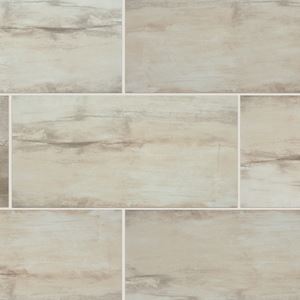
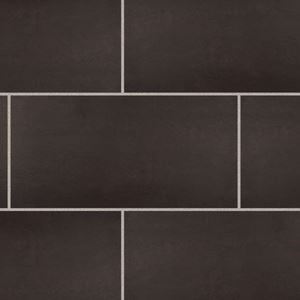


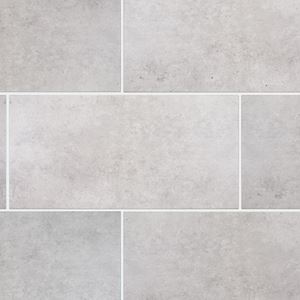

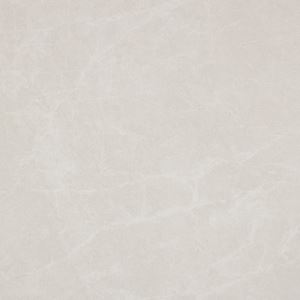



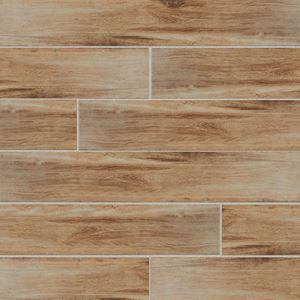

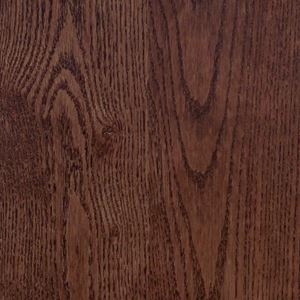


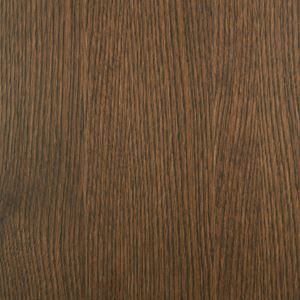


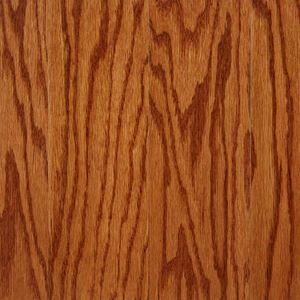

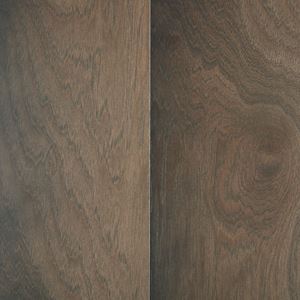


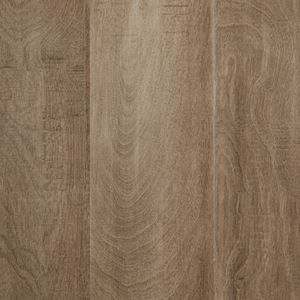


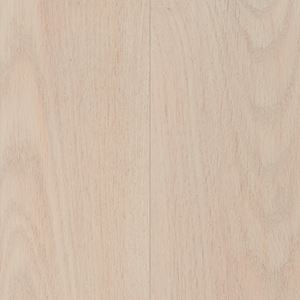




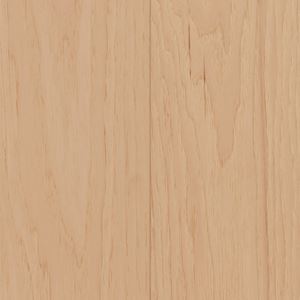

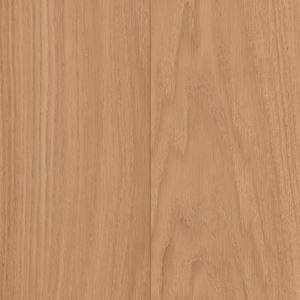

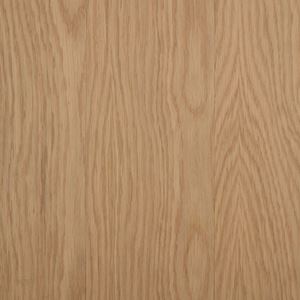

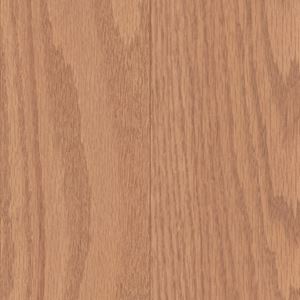



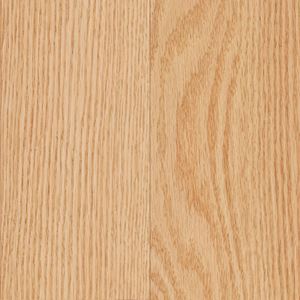

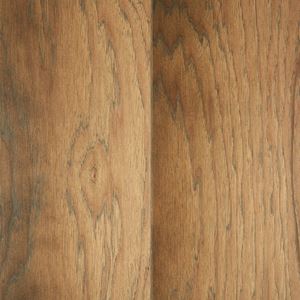

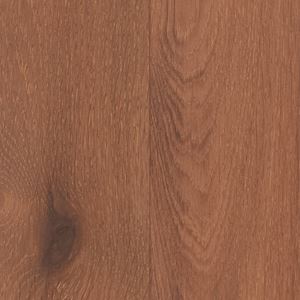

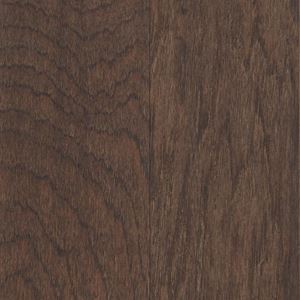


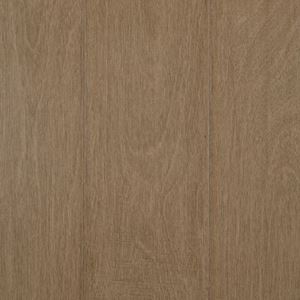

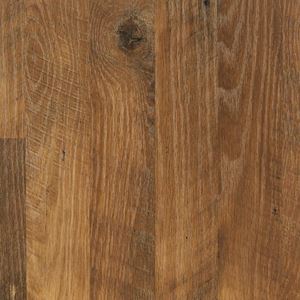


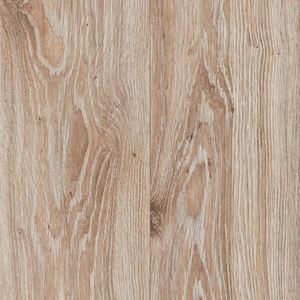


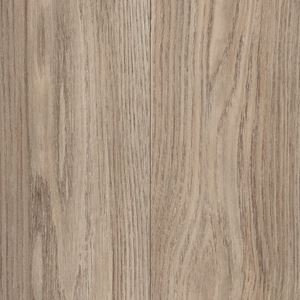



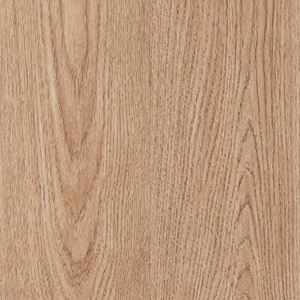


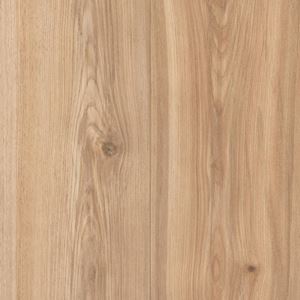


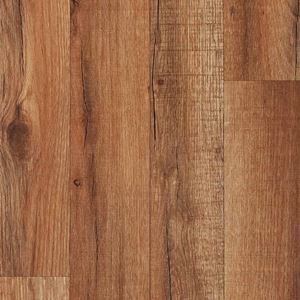

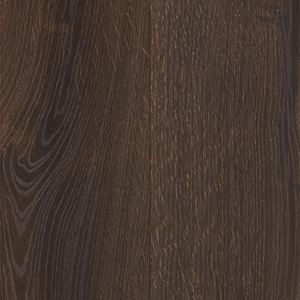



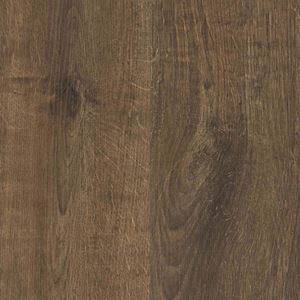


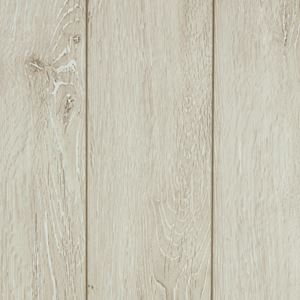




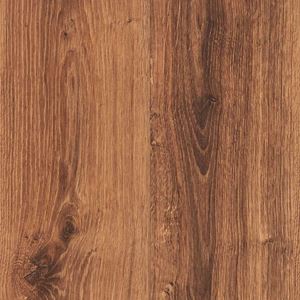

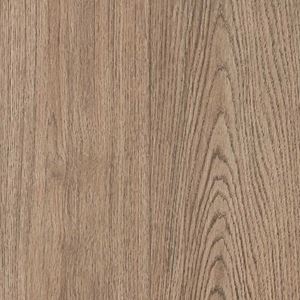

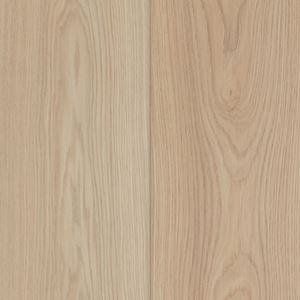


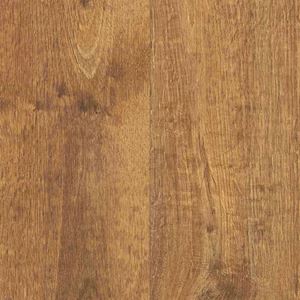

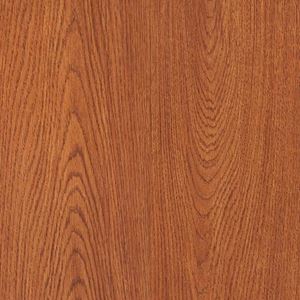


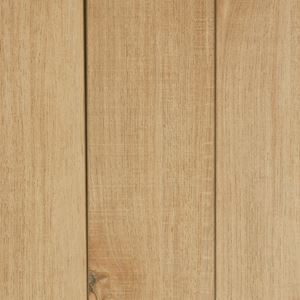

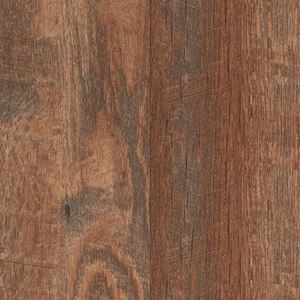


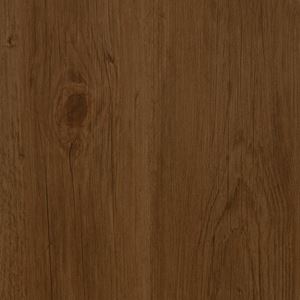


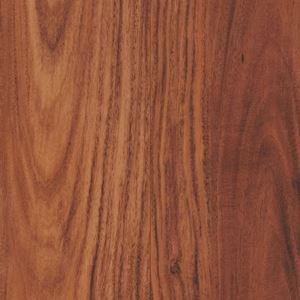



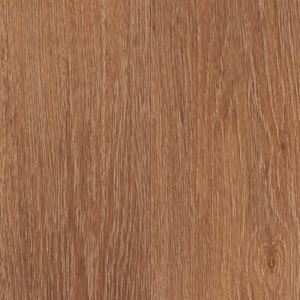



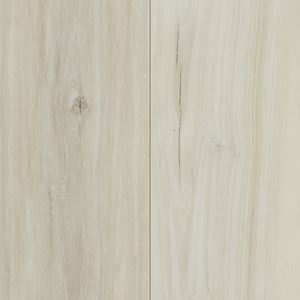



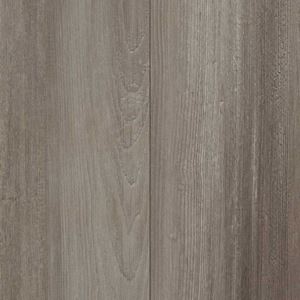




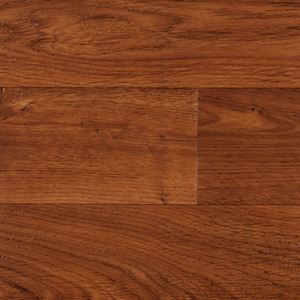



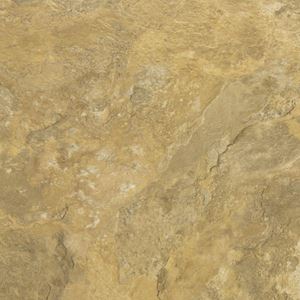




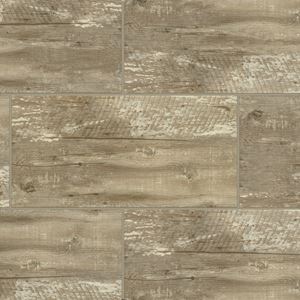




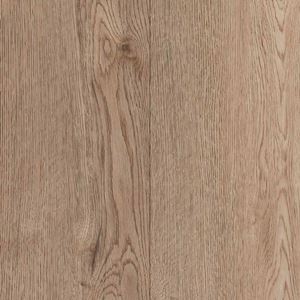

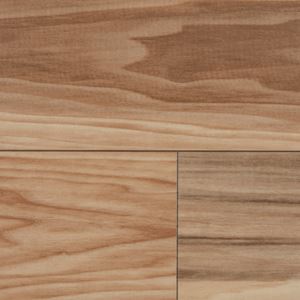







.jpg)
